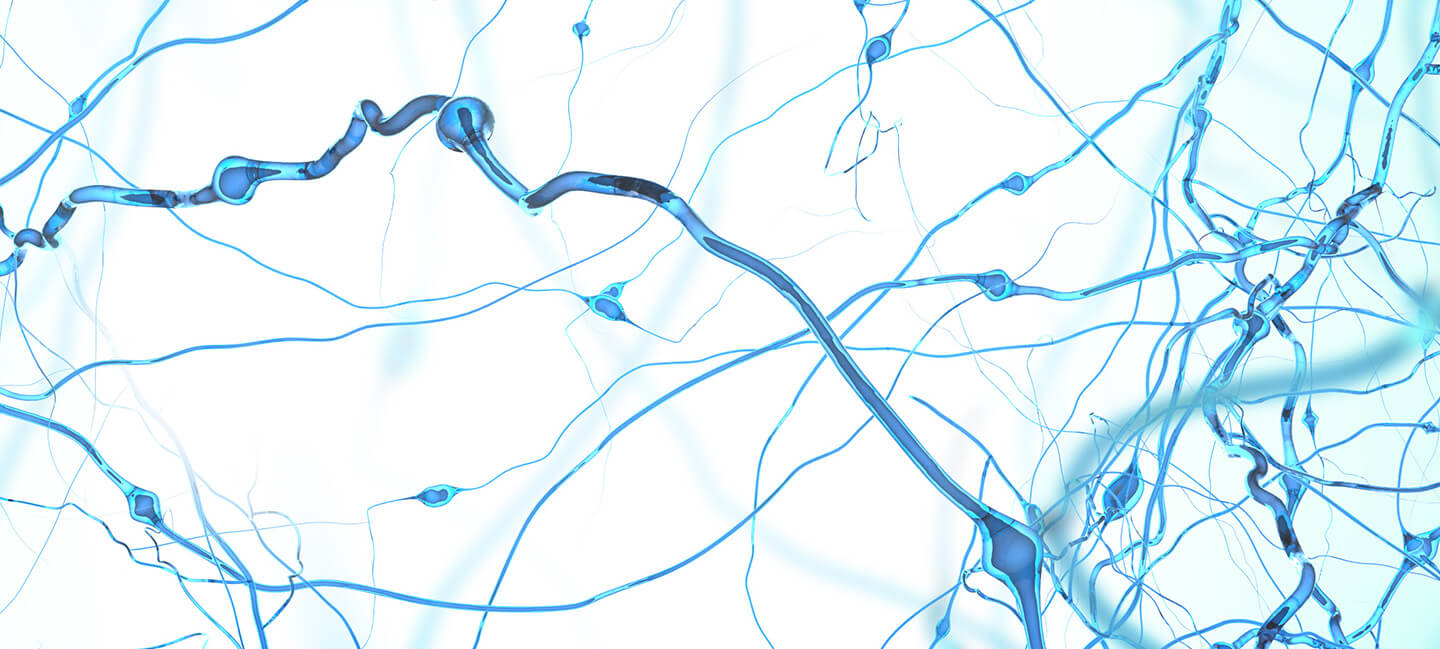Over the Long Term, Antipsychotic Medicine Stabilized Functional Connectivity in Depressed Patients with Psychosis
Over the Long Term, Antipsychotic Medicine Stabilized Functional Connectivity in Depressed Patients with Psychosis

Psychosis, which involves hallucinations, delusions, and other distortions of thought and perception, is often associated with schizophrenia. But it also occurs in other disorders, including major depression. Psychosis is less well understood in this context, which is to be expected since most depression studies exclude patients who experience psychosis symptoms.
In recent years, Aristotle N. Voineskos, M.D., Ph.D., of the Centre for Addiction and Mental Health (CAMH) and the University of Toronto, along with a team of collaborators, has made a point of studying psychosis in the specific context of major depression. Dr. Voineskos is a 2014 BBRF Independent Investigator, a 2014 Klerman Prize Honorable Mention recipient for clinical research, and a 2010 Young Investigator.
“There is clear evidence that antipsychotics are helpful” in treating psychosis not only in schizophrenia but in other disorders, Dr. Voineskos and colleagues note. But there are questions, they say—for instance, regarding possible changes to the brain’s structure in patients treated with antipsychotic medicines over long periods of time.
In 2020, Dr. Voineskos and his team published results from a structural brain imaging study conducted within a broader randomized clinical trial entitled STOP-PD II (Study of the Pharmacotherapy of Psychotic Depression II). STOP-PD II had three phases: depressed patients with psychosis were treated with an antidepressant (sertraline) and an antipsychotic (olanzapine) for up to 12 weeks. An 8-week “stabilization” phase followed. In the third phase, patients with stable remissions were divided into two groups: over the next 36 weeks, one group continued taking the antidepressant and antipsychotic; the other group continued with the antidepressant but had a placebo substituted for the antipsychotic. The trial was focused on the best approach to sustain remission, and it provided the first evidence that sertraline plus olanzapine was associated with a lower risk of relapse than sertraline plus placebo.
A neuroimaging study was conducted within the STOP PD-II clinical trial. Analysis of the scans revealed that those patients who remained on olanzapine after week 36 experienced widespread cortical thickness reductions compared to those who received placebo, and this was cause for concern, the team said, particularly given that many of the patients were elderly. Prior uncontrolled studies in humans and animal studies had shown similar results.
To dig deeper, Dr. Voineskos and colleagues have more recently focused specifically on functional connectivity in the brain, based on brain scans made at the beginning of the 36-week third phase of the STOP PD-II trial and following its conclusion. Findings from this study have been published in Molecular Psychiatry in a paper focusing on functional connectivity results in 58 participants from the trial. Nicholas H. Neufeld, M.D., a 2020 BBRF Young Investigator, was first author of the new paper. The team’s specific focus was to look for changes in network-related functional connectivity between those who stopped taking the antipsychotic after remission at 36 weeks and those who continued taking it.
The 58 participants were, on average, in their fifties, were about equally divided among men and women; about one-third had tried at some point to end their life; and about one-third had elevated blood cholesterol and/or hypertension.
The results of this round of analysis of the trial’s brain imaging data surprised the investigators.
“Previously observed structural changes” associated with the patients who remained on olanzapine after 36 weeks did not have a direct impact on functional connectivity in the brain, the researchers reported. In contrast to the structural results, ongoing antipsychotic treatment (which is protective against relapse) was found to help stabilize functional connectivity over the long-term.
While in their past research “we had interpreted decreased cortical thickness” in patients who continued with olanzapine over the long term to be potentially harmful, “the functional connectivity findings [in the new paper] temper that interpretation,” the team said. “Changes in brain structure are not necessarily related to changes in brain function,” they noted. It is also possible, they said, that in functional terms, the brain may find ways of compensating for adverse impacts that changes in structure may precipitate.
It is possible, said the researchers, that stabilized functional connectivity throughout the brain has positive implications for the regulation of emotions, attention, and various psychosis-related phenomena. Since patients who continued taking the antipsychotic also had a lower rate of relapse, the team suggested that these positive associations might well outweigh any concern about the way in which antipsychotics may alter brain structure over the long run.
As the STOP-PD II trial demonstrated, about one-fifth of patients with psychotic depression who continue to take olanzapine over the long term do eventually suffer a relapse. In such patients, structural brain changes associated with taking the medicine may be uniquely important. One aim of future research, the investigators said, might be to develop ways to predict which patients with psychotic depression are best advised to remain on antidepressant alone after achieving a reduction in symptoms, or remain on both an antidepressant and an antipsychotic in order to have the best chance of remaining well.
The team also included: Lindsay D. Oliver, Ph.D., 2020 BBRF Young Investigator; Matthew J. Hoptman, Ph.D., 1999 BBRF Young Investigator; Anthony J. Rothschild, M.D., 1990 BBRF Young Investigator.




